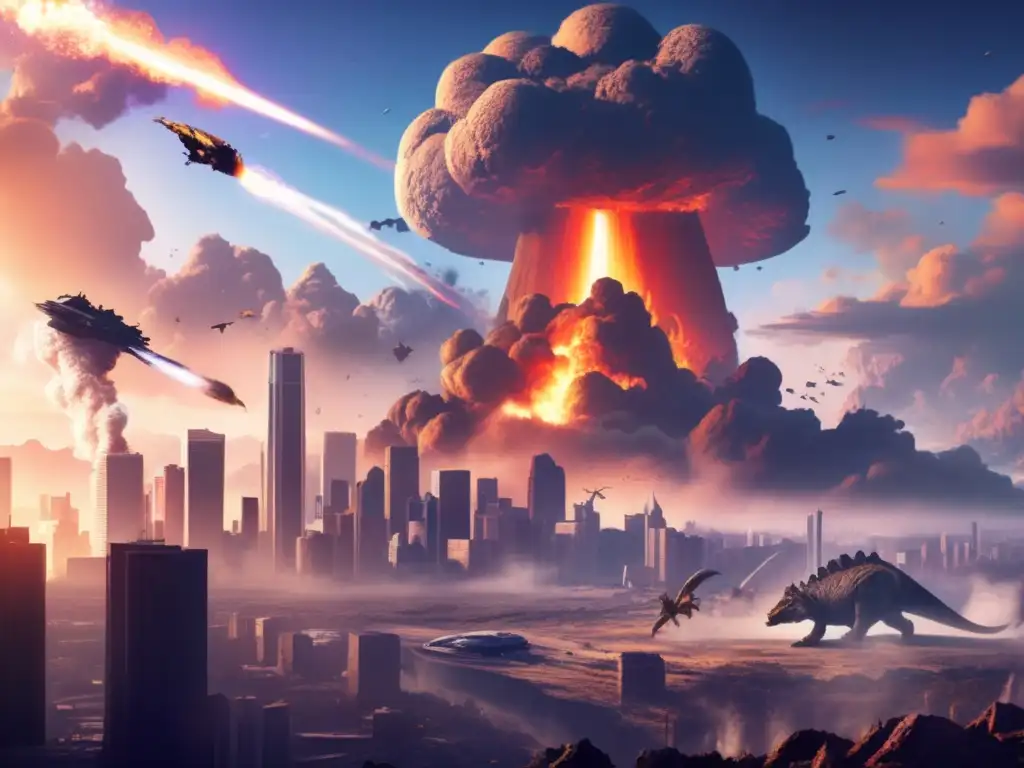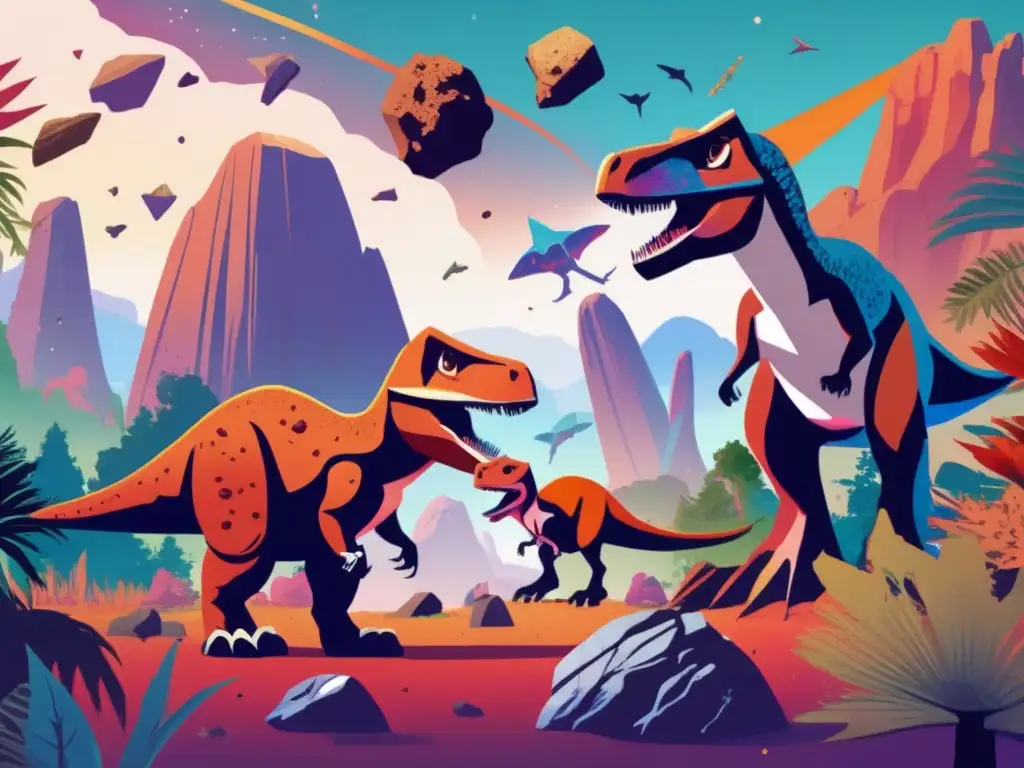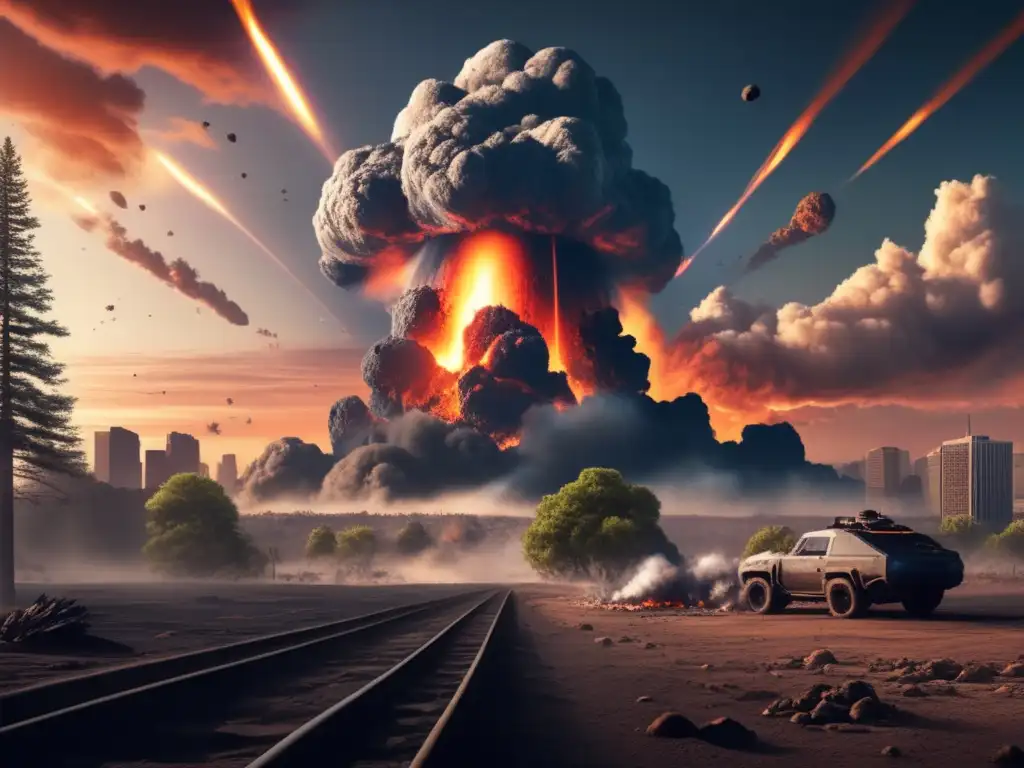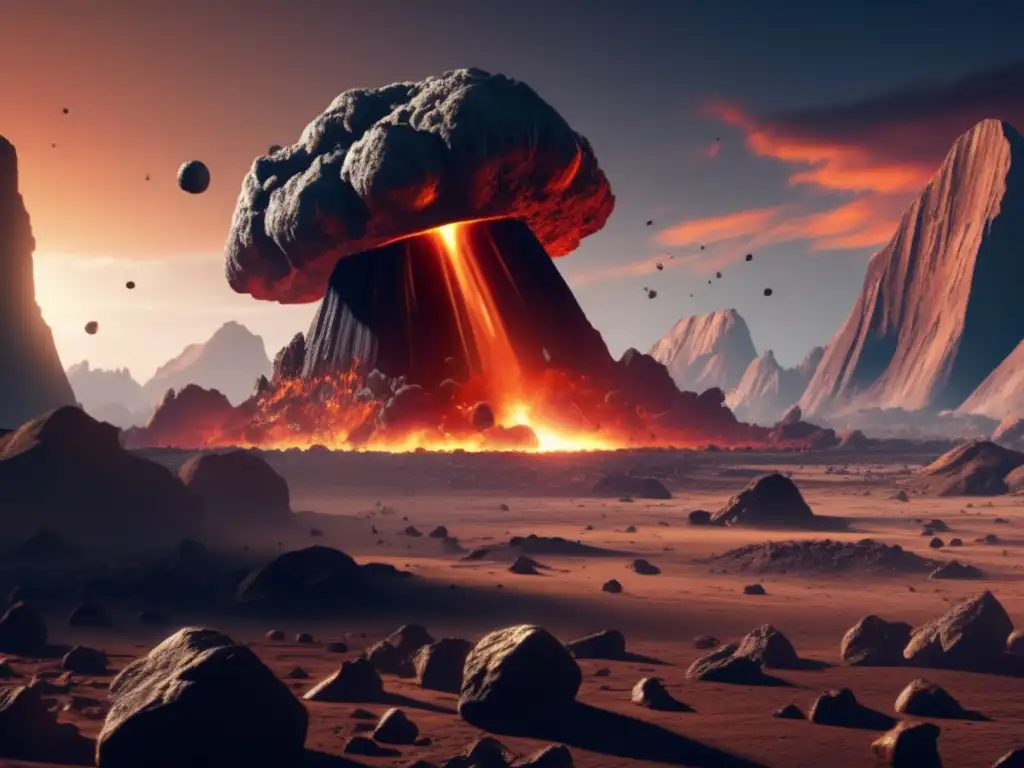K-T Event: Deciphering The Role Of Asteroids In Dinosaur Extinction

Introduction
The role that asteroids have played in shaping the history of our planet is immense. From major mass extinctions to the formation of the solar system itself, these celestial objects have left a significant impact on our world. One of the most famous examples of an asteroid impact is the K-T event, which is believed to have led to the extinction of the dinosaurs.
The K-T Event

The Impact
The K-T event refers to the Cretaceous-Tertiary extinction event that occurred approximately 66 million years ago. It is believed that during this time, a massive asteroid with a diameter of around 10 kilometers collided with Earth in what is now the Yucatan Peninsula in Mexico. The impact was so powerful that it caused a global environmental disaster, leading to the extinction of around 75% of all plant and animal species, including the non-avian dinosaurs.
Evidence of the Impact
The evidence of the K-T event is widespread and varied. The most famous piece of evidence is the Chicxulub crater, which is a massive impact crater measuring around 180 kilometers in diameter and 20 kilometers in depth. It was discovered off the coast of Mexico in the 1980s and is believed to be the result of the K-T impact. Other evidence includes the presence of shocked quartz and iridium-rich sediment layers around the world.
The Aftermath
The aftermath of the K-T event was catastrophic. The impact caused massive wildfires, tsunamis, and earthquakes, leading to a rapid decline in biodiversity. It is believed that the environmental conditions caused by the impact, including a decrease in sunlight and an increase in acid rain, played a major role in the extinction of the dinosaurs. However, some species were able to survive and adapt to the new conditions, leading to the emergence of new forms of life.
The Role of Asteroids in Extinction Events

Other Examples of Asteroid Impacts
The K-T event is not the only example of an asteroid impact causing a mass extinction. Other famous examples include the Permian-Triassic event, which occurred around 250 million years ago and led to the extinction of around 96% of all marine species, and the Late Devonian event, which occurred around 375 million years ago and led to the extinction of around 70% of all marine species.
The Impact on Evolution
Asteroid impacts have played a major role in shaping the evolution of life on Earth. Mass extinctions caused by these events have led to the emergence of new forms of life and have created opportunities for previously marginalized species to thrive. For example, the extinction of the dinosaurs allowed mammals to evolve and eventually become the dominant form of life on Earth.
Mitigating the Risk of Asteroid Collisions
The potential threat posed by asteroids colliding with Earth has led to increased efforts to track and mitigate this risk. Organizations such as NASA are actively monitoring asteroids and developing strategies to deflect them if they pose a threat to our planet. Some proposed strategies include using kinetic impactors or nuclear weapons to alter the course of an asteroid.
Frequently Asked Questions

-
How big was the asteroid that caused the K-T event?
The asteroid was approximately 10 kilometers in diameter.
-
What evidence is there of the K-T impact?
Evidence includes the Chicxulub crater, shocked quartz, and iridium-rich sediment layers.
-
How did the K-T impact affect the environment?
The impact caused massive wildfires, tsunamis, and earthquakes, leading to a rapid decline in biodiversity.
-
What other mass extinctions have been caused by asteroid impacts?
Other examples include the Permian-Triassic event and the Late Devonian event.
-
What strategies are being developed to mitigate the risk of asteroid collisions?
Strategies include using kinetic impactors or nuclear weapons to alter the course of an asteroid.
Conclusion
The K-T event and other examples of asteroid impacts serve as a reminder of the immense power of these celestial objects. While the potential threat they pose to our planet is significant, it is important to recognize the role that they have played in shaping the evolution of life on Earth. By continuing to monitor and develop strategies to mitigate the risk of asteroid collisions, we can ensure the continued survival and prosperity of our planet.
Thank you for reading this article on Asteroid Realm. We encourage you to share your thoughts in the comments section and to positively interact with our website by subscribing, sharing the article on social networks, or other forms of participation.
Additional Resources

- NASA Planetary Defense Resources
- ScienceDirect Asteroid Impact Articles
- AMNH K-T Extinction Overview
 The Iridium Layer: How Asteroids Left A Global Fingerprint
The Iridium Layer: How Asteroids Left A Global Fingerprint Skyfall: The Cosmic Event That Ended The Dinosaur Era
Skyfall: The Cosmic Event That Ended The Dinosaur Era Asteroids And The Age Of Reptiles: A Terminal Connection
Asteroids And The Age Of Reptiles: A Terminal ConnectionIf you want to discover more articles similar to K-T Event: Deciphering The Role Of Asteroids In Dinosaur Extinction, you can visit the Asteroids and Dinosaurs category.
Leave a Reply

Articulos relacionados: